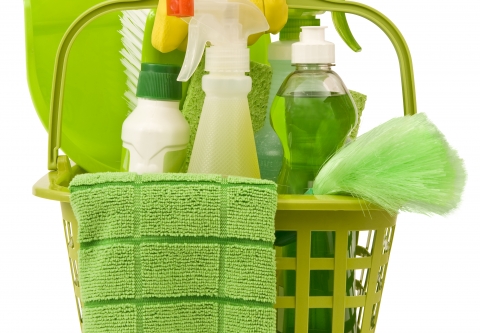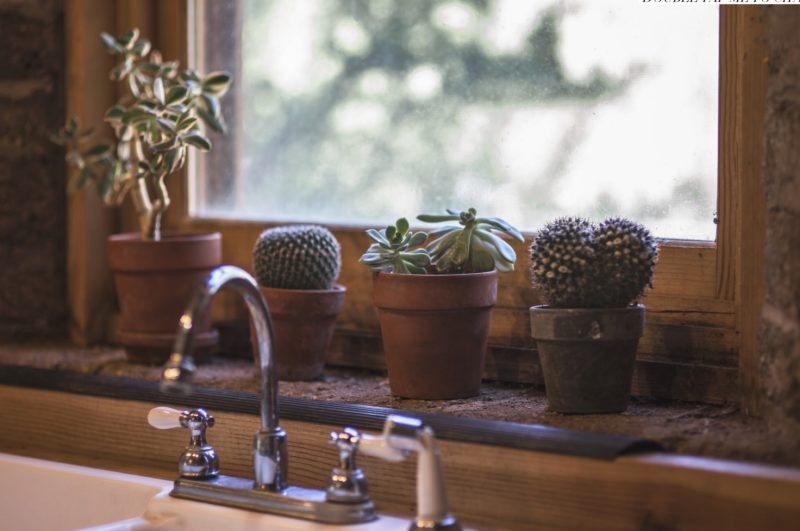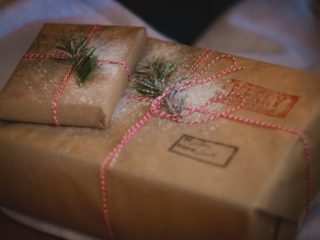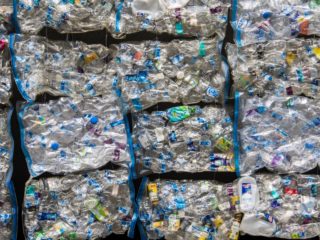Green Cleaning
Table of Contents
Why Should I Care?
Before I jump into the “green or greenwashing?” discussion, let’s talk about cleaning products in general.
I get it. You want to keep your home clean and safe for yourself and family members. You reach for that cleaning product that claims to annihilate all offending and dangerous germs. It’s the one with the label that screams, “Antibacterial! Triple Cleaning Power! Kills All Germs!”
In an attempt to reassure shoppers that it’s natural, the manufacturer will add a scent – “Lemon Fresh” or “Spring Garden” or “Summer Breeze” – and some images on the packaging of colorful flowers or citrus fruits.
Yet in smaller type, hidden away, are the words: “Caution! Keep out of reach of children. Poison.” If you dig a bit more to check the ingredients, the lengthy list is filled with unrecognizable words: Ethanolamine, Alkyl Dimethyl Benzyl Ammonium Chlorides…
Is this product safe? Most likely, it’s not.
Health Effects
There’s a reason for the caution labels on these cleaning products. Many of the ingredients have been linked to health problems in humans and animals, from the fairly benign: throat, skin and eye irritations, to the far more serious: cancer, infertility and birth defects.
For a more detailed explanation, take a look at Clean Water Action’s comprehensive list of products and the health effects of many of their common ingredients.
Where Does it All Go?
Where do these toxic chemicals go once they’ve been used in your home (and yard)? They pollute your air, surfaces and surrounding areas.
These chemicals have staying power. They remain on counters where your food sits and in the carpet or floors where your children and pets play. They ultimately find their way into the environment when flushed down drains and toilets, and their persistent buildup impacts water quality.
In short, they’re not the best option for the health of your family and pets.
Is it Green or Greenwashing?
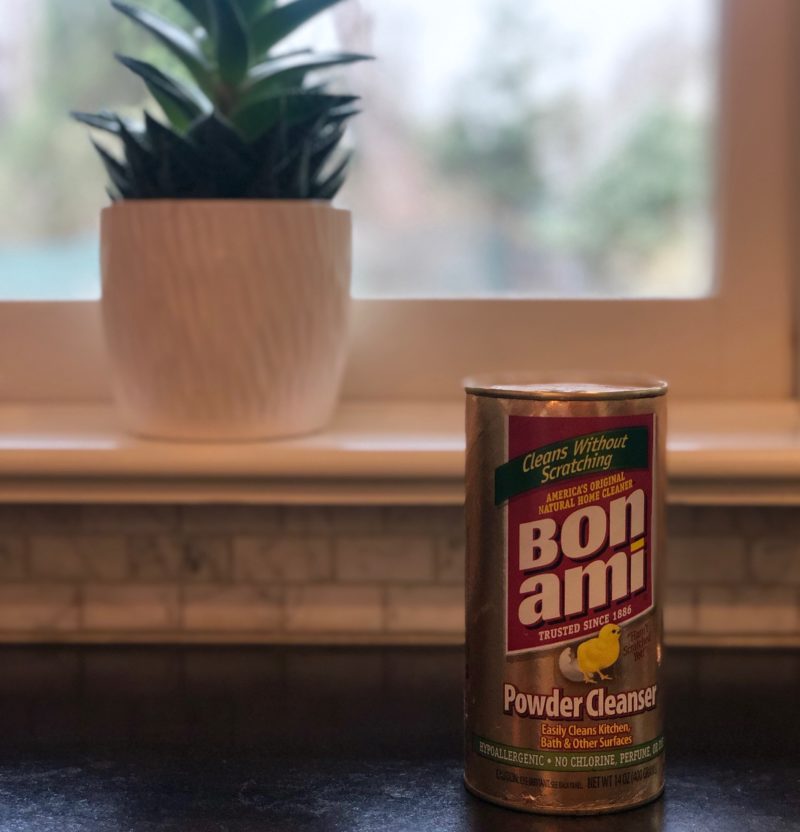
You’ve now made the decision to keep your family and pets safe by purchasing green cleaning products. But there’s another problem: At the store you discover a dizzying array of supposedly clean and green products listing unrecognizable ingredients.
How do you know which products are environmentally safe and which are greenwashing attempts? Unfortunately, our legal system is ill-equipped to provide sufficient clarity on potentially harmful chemicals contained in cleaning products.
According to The Environmental Working Group, “U.S. law allows manufacturers of cleaning products to use almost any ingredient they wish, including known carcinogens and substances that can harm fetal and infant development. And the government doesn’t review the safety of products before they’re sold.”
So how do we make informed choices about the products we purchase to ensure that they’re truly healthy and safe?
One simple way is to check the labels for ingredients and certification by reputable watchdog organizations, or you can refer to resources from accredited organizations to assist you in making that final choice.
Guides and Resources
Some resources to assist you in your green vs greenwashing research:
The Environmental Working Group’s Guide to Healthy Cleaning provides an easy-to-navigate guide with hazard ratings for a wide range of cleaners and ingredients. Download their Healthy Living app for information at your fingertips.
Ecocert is an internationally recognized certification group that certifies the environmental and sustainable practices of products in numerous sectors, including homecare and personal care. Look for the Ecocert Natural Detergent logo on cleaning products.
Clean Water Action’s Green Cleaning Guide provides tips for homes, schools, and workplaces.
Women’s Voices for the Earth has handy shopping guides and fact sheets. They also have a comprehensive list of DIY Recipes – the perfect solution to the green or greenwashing dilemma!
The Environmental Protection Agency’s Safer Choice label helps shoppers sort green from greenwashing. Search for green products on the Safer Choice page and learn about products that are both effective and safe.
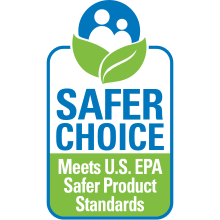
For NY State residents: The Department of Environment Conservation recently launched a new Household Cleansing Product Information Disclosure Program. Beginning in 2019, manufacturers of cleaning products sold in NY State will be “required to disclose the ingredients of their products on their websites and identify any ingredients that appear on authoritative lists of chemicals of concern.”
Ingredients to Avoid
Products with these ingredients or terms have been associated with adverse health and environmental effects. When possible, they should be avoided:
- Antibacterial/Triclosan
- Sodium Hydroxide – oven cleaners
- Chlorine
- Ammonia – found mainly in glass cleaners or polishing products
- Sodium Hydroxide (lye) – drain cleaners
- Perchloroethylene (PERC, PCE) – found mainly in carpet/upholstery cleaners
- Phthalates – found mainly in products with fragrances
- Quaternary Ammonium Compounds (QUATS) – found mainly in dryer sheets, fabric softeners with antimicrobial properties
Alternatives and Solutions
Green Products Picks
Here is Green That Life’s list of green products picks. An observation: In putting together this list I noticed that I use a lot of Seventh Generation products. I’m not compensated by Seventh Generation in any way. I’ve simply found from trying different products over the years that many (not all) of their products provide the perfect combination of healthy ingredients and excellent results.
All Purpose
- Dr Bronner’s Pure Castile Soap.This liquid soap really is all in one – Face, body, hair & dishes, laundry, mopping, pets – it does it all. I love the lavender scent, but it also comes unscented and peppermint scent.
- Disinfecting. Seventh Generation Disinfecting Multi-Surface Cleaner.
Surfaces
- Wood. Ecos Furniture Polish and Cleaner is pretty good. I’ve also read that Truce Wood Cleaner, with their refill (to reduce packaging), is excellent. Most of the time, I find that a dust cloth does the job.
- Glass. Greenshield Organic Glass Cleaner. Certified organic and not tested on animals. A definite plus in my opinion.
- Floors. I use water!
- Rugs/Carpets. I use mostly club soda. If it’s really bad (with three boys, a cat and two dogs, believe me, it has been very bad), I break out the heavy duty carpet cleaner or call a professional service.
Supplies/Tools
- Sponges. Twist Euro Sponge Cloths. These are reusable, plant based and dye free. I toss them in the dishwasher when they’re dirty. That said, I frequently use one of the cloth napkins we’ve just used for a meal as a cleanup cloth (it’s slightly dirty and going in the wash anyway).
- Microfiber Cloths. They’re absorbent, reusable and they do the job well. They’ll last for years. There are also a ton of options to choose from, but try Evriholder Bamboo Naturals Greenery towels.
- Rags. Rip or cut up those old towels, napkins, sheets and reuse for everyday cleaning.

Cleaning Essentials spray bottle - Spray bottle. I love this spray bottle from Cleaning Essentials that has the cleaning recipes conveniently printed on the bottle.
Laundry
- Fabric Softener. I don’t use fabric softener but have heard good things about Attitude’s Sensitive Skin Natural Fabric Softener
- Laundry detergent. Dr. Bronner’s Castile Soap.
- Bleach/Stain Remover. A staple in our house: Earth Friendly Products ECOS OxoBrite Multi-Purpose Stain Remover (Free & Clear).
Kitchen
- Scrub. Bon Ami Powder Cleanser. Also good for the bathroom. Interestingly, while the powder gets high marks, Bon Ami liquid cleansers and soaps get low grades from EWG’s Guide.
- Dishwasher. Ecover. I remember my mother using Ecover when we lived in London. It’s an excellent brand (I use the tablets).
- Dish Soap. Ecover or Dr Bronner’s.
Bathroom
- Toilet bowl. Seventh Generation Natural Toilet Bowl Cleaner. Does the job, even with my three boys!
- Tub and Tile. Seventh Generation Tub & Tile Natural Cleaner. The only tub and tile cleaner that gets an A grade in EWG’s Guide.
Homemade and Basic Alternatives
For most cleaning jobs, these pantry basics can get the job done. My post, 22 Eco Friendly Cleaning Projects, provides a far more extensive list of DIY tips.
In Your Pantry
- Water! Whether it’s wiping kitchen counters, giving tubs/sinks a spray down, or soaking dirty pots and pans, water is an inexpensive solution to many cleanup jobs.
- Soap. You can actually get a thorough, deep clean using just soap and water. A good all-purpose liquid soap is Dr. Bronner’s castile brand. Note: Don’t mix castile soap with vinegar! You’ll end up with a slimy mess. Instead use a natural dish soap, like Seventh Generation.
- Baking Soda. Aside from being a natural deodorizer, baking soda is an effective inexpensive alternative to commercial products. For stubborn pot grime, bring water to a boil and then reduce to a simmer. Add two tablespoons of baking soda and stir until the food flakes off. Baking soda can also be used to clean tubs and sinks.
- White Vinegar cuts through the grease and grime. Fill a spray bottle with half water and half vinegar to clean glass or counters. You can also use it in the dishwasher as a cleaning agent and rinse aid.
Homemade
- All-Purpose. Women’s Voices for the Earth has an excellent instructional video on how to make all-purpose cleaner.

